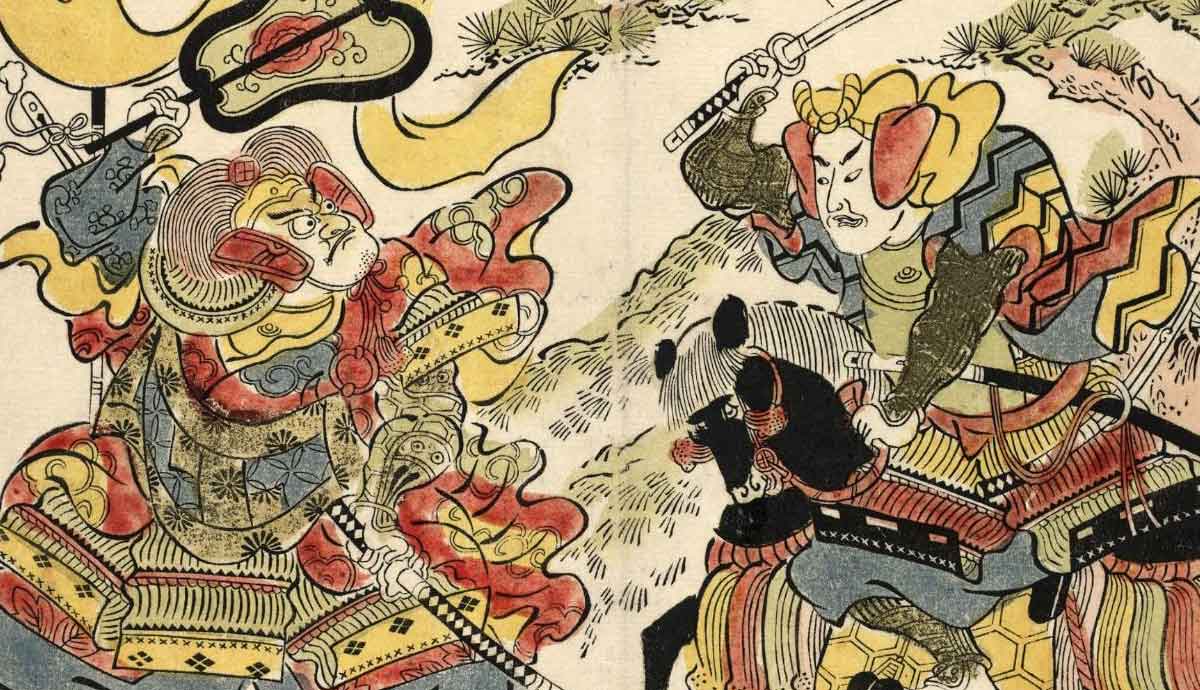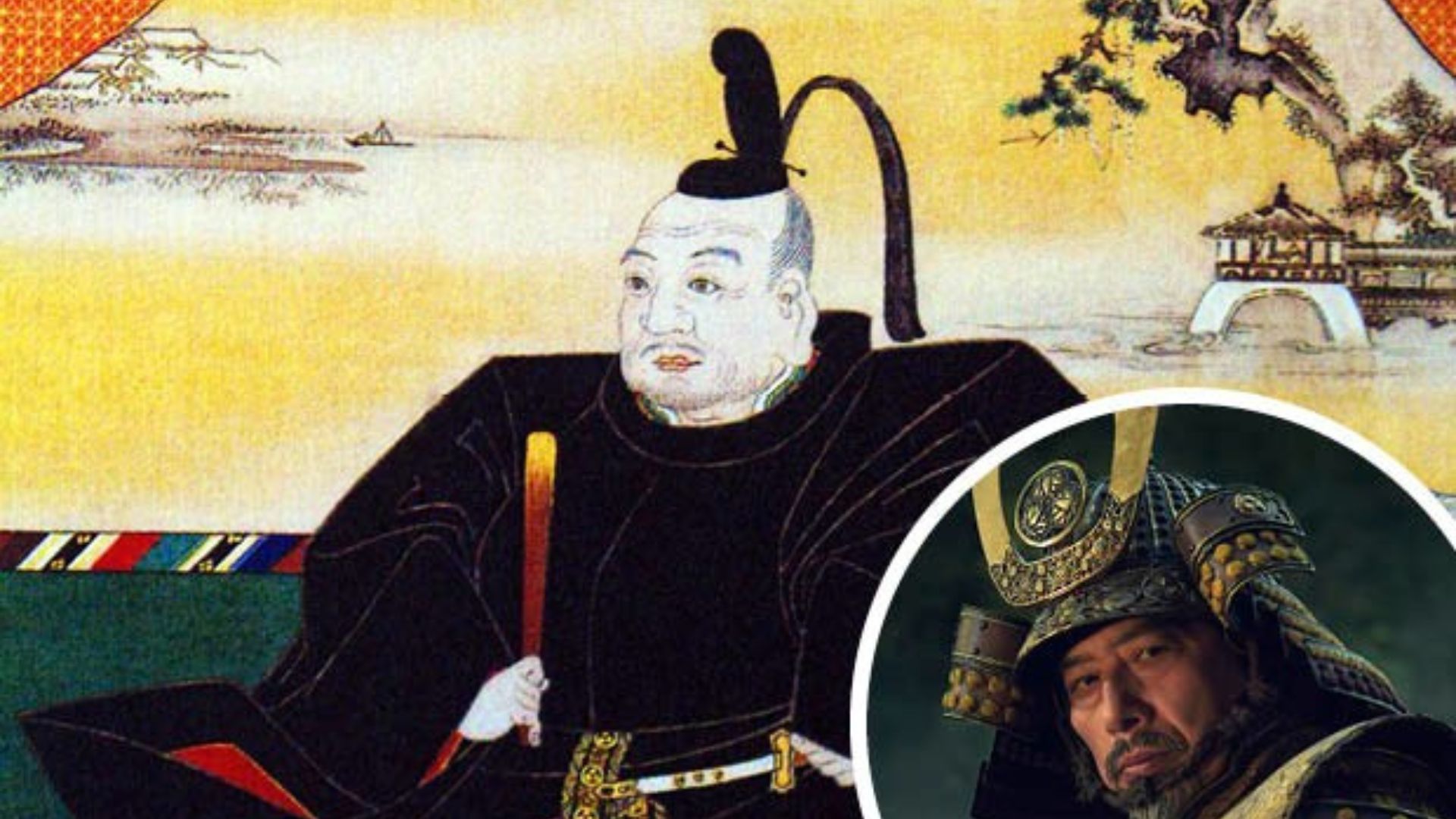The Sengoku period (1467-1603) was an era of fierce warfare and shifting alliances in Japan, producing some of the most legendary samurai in history. Among them, Takeda Shingen and Uesugi Kenshin stood out as two of the most brilliant and respected warlords. Their rivalry, marked by a series of intense battles, particularly the Battle of Kawanakajima, is considered one of the greatest in samurai history.
Their clashes were not merely about conquest but about two opposing philosophies of warfare, strategy, and leadership. Despite their fierce enmity on the battlefield, both men respected each other deeply, making their rivalry one of honor and tactical brilliance.
Takeda Shingen: The Tiger of Kai
Takeda Shingen (1521-1573) was the leader of the Takeda clan and a master of military tactics. Known as the “Tiger of Kai,” he was a feared and respected strategist who developed an elite cavalry force.
Key Strengths of Takeda Shingen:
-
Superior cavalry tactics – Developed the feared “Takeda cavalry charge”
-
Brilliant strategist – Used deception, ambushes, and rapid maneuvers
-
Strong leadership – Inspired loyalty among his warriors and generals
-
Effective governance – Focused on internal development and economic policies
Takeda Shingen’s ambition was to expand his territory and ultimately march toward Kyoto to challenge the ruling Ashikaga shogunate. However, his path to dominance was blocked by one formidable foe—Uesugi Kenshin.
Uesugi Kenshin: The Dragon of Echigo
Uesugi Kenshin (1530-1578) was the daimyo of Echigo Province and a devout warrior, often referred to as the “Dragon of Echigo.” Unlike Shingen, who focused on territorial expansion, Kenshin saw himself as a protector of the weak and fought under the banner of Bishamonten, the god of war.
Key Strengths of Uesugi Kenshin:
-
Genius in battlefield tactics – Excelled in defensive and offensive warfare
-
Deep sense of honor – Opposed tyranny and corruption
-
Master of logistics – Ensured well-supplied and disciplined troops
-
Hand-to-hand combat skills – Legendary for his swordsmanship
Kenshin’s defensive strength and tactical acumen made him a formidable opponent against Takeda Shingen. Their rivalry would be cemented through the legendary Battles of Kawanakajima.
The Battles of Kawanakajima
The greatest conflicts between Takeda Shingen and Uesugi Kenshin took place in Kawanakajima, a contested region between their domains. Between 1553 and 1564, they fought a total of five battles here, each showcasing their military brilliance.
The Most Famous Battle: 4th Battle of Kawanakajima (1561)
The Fourth Battle of Kawanakajima was the most intense and strategically complex battle between the two warlords. Kenshin, using a clever rotating troop tactic (Kuruma Gakari), nearly overwhelmed the Takeda forces. However, Takeda Shingen’s strategic foresight allowed him to hold his ground.

One of the most legendary moments in samurai history occurred during this battle. It is said that:
-
Kenshin broke through Takeda’s ranks and personally attacked him in his command tent.
-
Shingen, caught off guard, defended himself with his iron war fan (tessen) against Kenshin’s sword strikes.
-
One of Shingen’s retainers, Hara Toratane, intervened and forced Kenshin to retreat.
This dramatic encounter has become one of the most famous moments in samurai legend, symbolizing the intensity and honor of their rivalry.
Mutual Respect Between Rivals
Despite their many battles, Takeda Shingen and Uesugi Kenshin respected each other deeply. This was evident when:
-
Kenshin secretly sent Shingen salt when the Takeda lands suffered a trade embargo imposed by their enemies. Kenshin famously stated, “Wars are to be fought with swords and spears, not with salt.”
-
Shingen praised Kenshin’s tactical brilliance and considered him his greatest opponent.
This respect showed that their rivalry was not driven by hatred but by their commitment to the samurai code (bushido).
The End of an Era
Takeda Shingen died in 1573, possibly due to illness or an assassination plot. Kenshin followed five years later in 1578, dying under mysterious circumstances, possibly from a stroke or poisoning.
With their deaths, the Sengoku period continued, but their legendary rivalry remained one of the most famous in Japanese history. Neither man achieved total victory over the other, but their battles and strategies influenced generations of samurai and historians alike.
Conclusion
The rivalry between Takeda Shingen and Uesugi Kenshin represents the pinnacle of samurai warfare—a battle of wits, honor, and military genius. Their legendary encounters at Kawanakajima remain some of the most studied battles in Japanese history. More than just enemies, they were respected rivals whose strategies and leadership shaped the course of the Sengoku era. Today, their legacy continues to captivate historians, martial artists, and admirers of samurai culture around the world.











